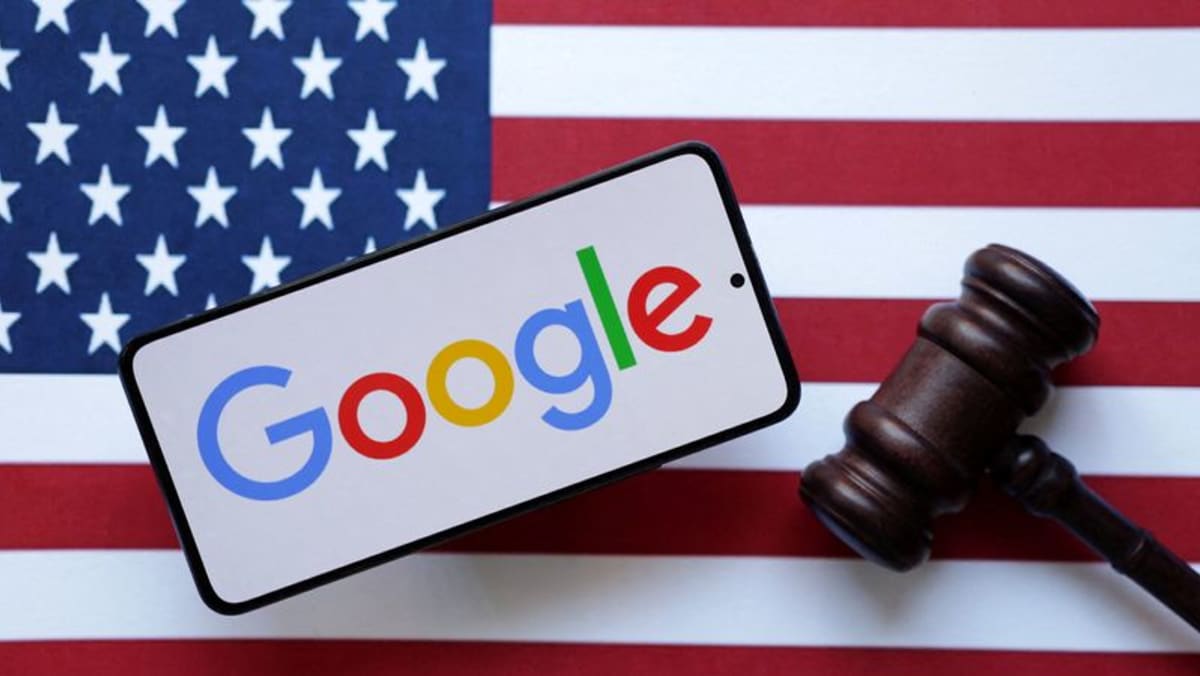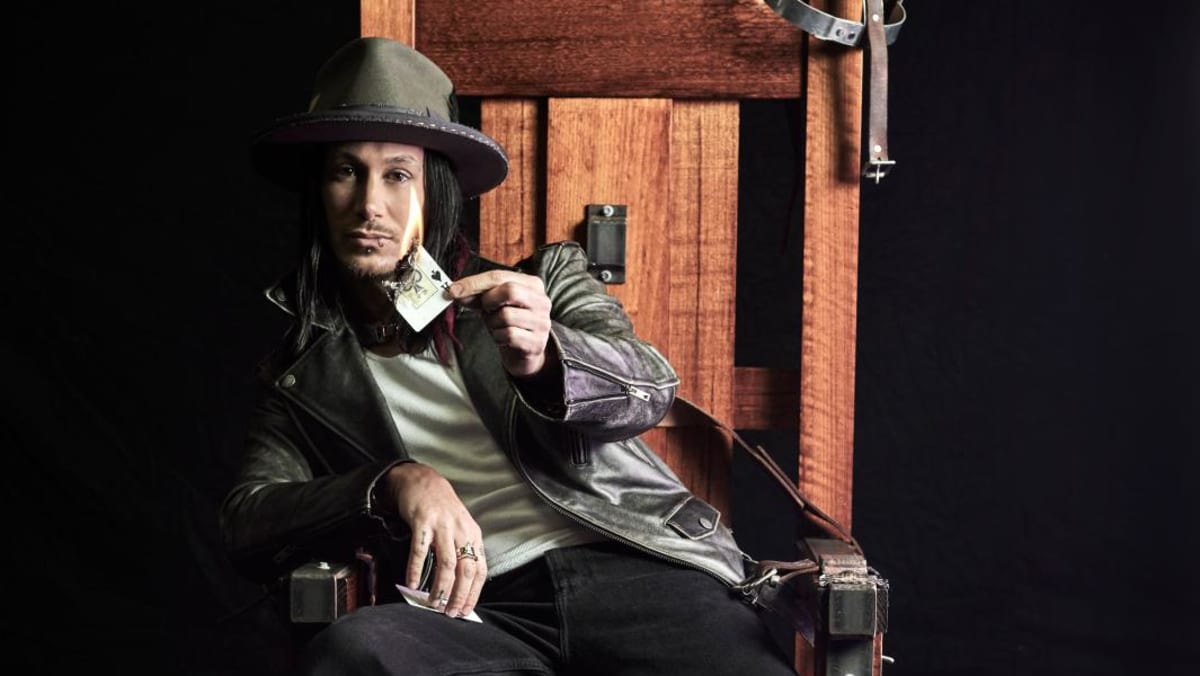He shared that goal with Gunpei Yokoi, the inventor of the Game Boy, who worked with him on Donkey Kong. The working relationship was initially distant. “We talked and he provided feedback,” Miyamoto said. “Some critical feedback, as well.” But the colleagues grew close: Yokoi was a witness at his wedding, and Miyamoto said he remained in contact with the inventor’s widow.
Following the path of originality has defined Miyamoto’s work on recent Nintendo consoles and, by extension, the company’s counterintuitive approach to an industry largely driven by expensive graphical realism.
“It might seem like we are just going the opposite direction for the sake of going in the opposite direction, but it really is trying to find what makes Nintendo special,” Miyamoto said. “There is a lot of talk about AI, for example. When that happens, everyone starts to go in the same direction, but that is where Nintendo would rather go in a different direction.”
The museum itself represents the third and latest chapter of Nintendo’s history: Its transformation from a video game company into a global entertainment brand. Through concrete and nostalgia, Nintendo is declaring – perhaps for the first time – that it sees itself as a permanent fixture in popular culture.
Just a decade ago, industry analysts believed that Nintendo’s only chance of survival after the failed launch of the Wii U was to stop producing consoles and focus on software development. The press was brutal. “What the Hell Is Wrong With Nintendo?” asked Wired editor Chris Kohler. In 2013, Bloomberg News published an article pointing out that Sony and Microsoft “each sold more consoles in 24 hours than the Wii U maker did in nine months.”














